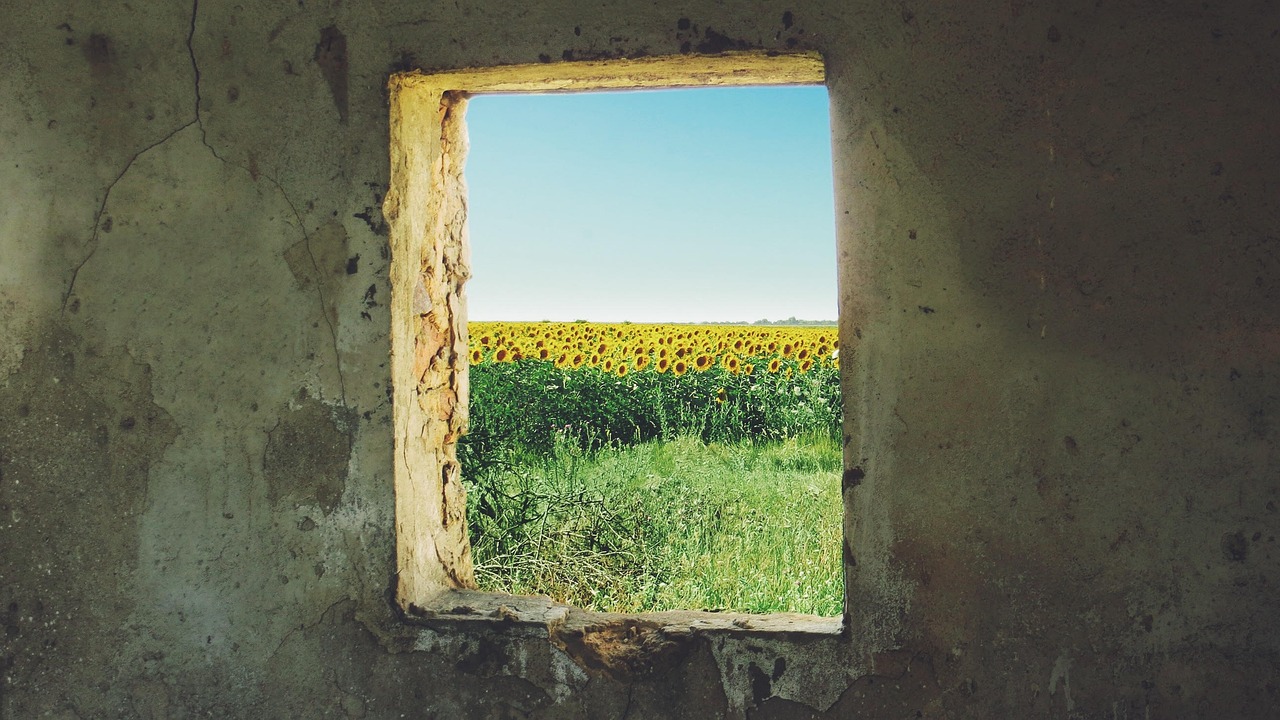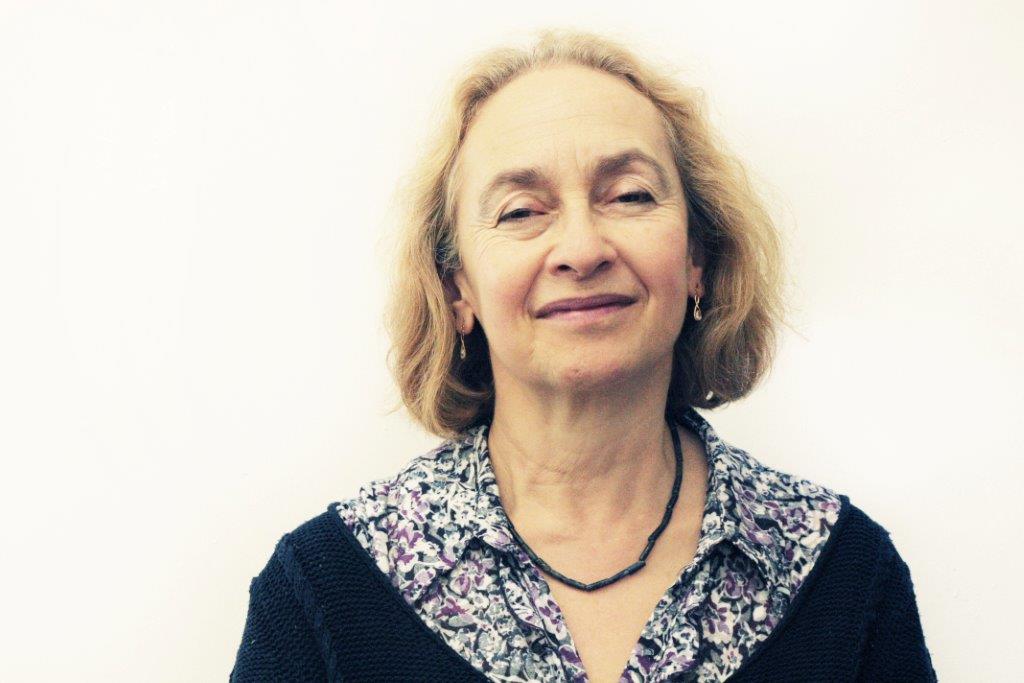READINGS – 03/10/2014
1) READING
Cappadocia
By Laurence Freeman OSB
They say St Anthony of the Desert, the prototype of Christian monks, kept retreating further into the Egyptian desert as his fame increased and visitors multiplied. In the fourth century they did not come in tour buses with video cameras but the sense is that many were tourists nonetheless.
Visiting the cave monasteries of Cappadocia last month I wondered how Anthony or Macarios or Isaac and the other fathers of the desert would have reacted to the military style tourist invasions of today. However, just as on beaches and at airports, people tend to cluster miserably in crowded spaces and leave nearby areas virtually free. So, off the beaten track, you can climb some of the surreal dwellings of the Cappadocian desert carved out of weird volcanic rock formations. And you can sense the solitude in which the monks once wrestled with their demons and, perhaps at times even more painfully, learned to find God in their neighbour.
The three great Cappadocian Fathers of the fourth century, Basil and the two Gregorys, are linked to this austere laboratory of physical labour and prayer. They made wine here whereas their Egyptian contemporaries wove baskets or worked in the fields. Two thousand miles away on top of a barren rock in the Atlantic the Celtic monks of Skellig endured a very different climate and collected gull eggs and rainwater, but they would have shared the same crazy passion for God. Although they understood and preached the wisdom of moderation it is hard not to think of these pioneers and Christian heroes of the inner journey as extremists – maybe all voluntary marginals are. They would intuitively have understood each other as it is almost impossible to do for those who come as well-cosetted tourists today. Even those who come as pilgrims find it difficult to imagine the domesticated intensity of the life lived here and the ecstatic meaning it must at times have realized within some individuals.
Because these small monastic churches are so radically simple, down to earth and ordinary they somehow rival the soaring, embodied transcendence of Hagia Sophia in Istanbul which is one of the world’s most sublime constructions. Both the cave monasteries and the great church turned mosque turned museum are buildings made to accommodate the search for God. Today both are equally indifferent to their visitors. Perhaps tourists are briefly struck by the reality of a meaning so foreign to them. Perhaps pilgrims are humbled because, after all, they are partly tourists too and must wonder if they are merely spiritual voyeurs.
Among the empty rooms of these communities, the single rock-carved dining table, the primitive hearth cut into the floor, the higher and more remote cells for the advanced monks, it is easy to see that it had its routines. Centuries of repetitive movements carved pathways and grooves into the rock. They must have regularly eaten after praying like everywhere else and worked and dozed off in between. If you linger back alone you might experience a sense of wonder and great respect for the intensity of their seeking and also a painful feeling of loss. Where did all this well-directed zeal go? Did it peter out here as some of the monasteries became more dependent on rich local patrons? Or was it whisked away to new places whose time it was to manifest the deepest aspiration of the human for union with God? Is spiritual capital re-invested or does it return to its source?
From about the 11th century these bare walls were painted with vibrantly colourful paintings which survived during the centuries of warfare between Christians and Muslims. Eventually the religious differences became irreconcilable and the real fanatics, the desecrators, arrived and gouged out the eyes of the holy images adorning these old walls. And so, as you wander from church to church, you feel you are straddling great waves of history, centuries of change and trauma caught in a place that is no longer really alive because it has witnessed too much and become overloaded. Your response may oscillate – thrilled by the human capacity for passion and devotion or, sad at seeing these empty shells of vitality now forgetful, old and exhausted.
Cappadocia is almost famous for its hot air balloons, fun time after the obligatory sights. You can only see so many cave monasteries. Dozens of them float over the rocky landscape every morning just after dawn. They are immensely silent except when the wind blows the sound of their brief hot air blasts. They drift without apparent purpose and from a distance sometimes seem to be on a collision course but languidly avoid contact. Perhaps their high elevation and detachment from earthly distractions and their slow motion intensity express a little of what the God-seekers who once lived here were all about.
2) OPENING PRAYER AND MEDITATION
“Heavenly Father, open our hearts to the silent presence of the spirit of your Son. Lead us into that mysterious silence where your love is revealed to all who call, ‘Maranatha…Come, Lord Jesus’.”
3) 2nd READING AFTER MEDITATION
The Thirty-Eight Sayings of St Anthony the Great
“Our life and our death is with our neighbor. If we gain our brother, we have gained God, but if we scandalize our brother, we have sinned against Christ.”
4) SHARING, COMMENTS
5) FINAL PRAYER
“May this group be a true spiritual home for the seeker, a friend for the lonely, a guide for the confused. May those who pray here be strengthened by the Holy Spirit to serve all who come, and to receive them as Christ Himself. In the silence of this room may all the suffering, violence, and confusion of the world encounter the Power that will console, renew and uplift the human spirit.
May this silence be a power to open the hearts of men and women to the vision of God, and so to each other, in love and peace, justice and human dignity. May the beauty of the divine life, fill this group and the hearts of all who pray here, with joyful hope. May all who come here weighed down by the problems of humanity leave giving thanks for the wonder of human life. We make this prayer through Christ our Lord. AMEN.”



